Mastering Typography: The Art of Creating Impactful Text Designs
Introduction
Typography is the art of arranging text to make it legible, clear, and visually appealing. More than just selecting a font, typography is about creating a visual language that enhances the readability and meaning of the text. From websites to print materials, typography plays a crucial role in effective communication and design.
Why Typography Matters
Typography is everywhere—on websites, billboards, packaging, and even in your morning newspaper. Good typography establishes a strong visual hierarchy, improves readability, and sets the mood and tone of a message. Here’s why it matters:
- Brand Recognition: Typography helps establish a unique visual identity.
- User Experience: Well-crafted typography guides readers, making content easier to follow.
- Emotional Connection: Different fonts can evoke specific emotions, enhancing the impact of a message.
Key Elements of Typography
Understanding the basics of typography can elevate any design. Some core elements include:
- Typeface and Font: A typeface is a family of related fonts, while a font represents the specific weights and styles in that family.
- Hierarchy: Used to show the importance of different text parts, hierarchy is created by adjusting size, color, and alignment.
- Font Weight, Height & Size: Adjusting these properties can create emphasis, contrast, and better readability.
- Line Length & Spacing: Ideal line length is around 45-75 characters per line, while proper spacing keeps text readable and inviting.
- Letter Spacing: Often called kerning, letter spacing enhances readability by optimizing the distance between characters.
Different Types of Fonts
Typography includes a variety of font styles, each with its own unique look and purpose:
- Serif Fonts: Known for their small decorative lines, serifs are often associated with tradition and readability, making them ideal for print.
- Sans-Serif Fonts: Without serifs, these fonts have a clean and modern look, suitable for digital text and contemporary designs.
- Decorative Fonts: Designed for impact rather than readability, decorative fonts are often used in logos, titles, and branding for creative emphasis.
Typography and Brand Connection
The typeface used in a brand’s logo and materials is often the first impression customers have of the brand. Typography affects how a brand is perceived by conveying its personality, whether formal, modern, or playful.
Best Practices in Typography
Follow these typography tips to make your text more effective:
- Establish a Clear Hierarchy: Guide readers’ attention with heading sizes and styles.
- Limit Fonts: Use 2-3 fonts to keep your design cohesive.
- Maintain Readability: Ensure that text is easy to read, especially at small sizes.
- Balance Contrast and Color: Use contrasting colors and font weights for emphasis without overwhelming readers.
Conclusion
Typography is a powerful design tool that enhances communication and adds visual appeal to text. By mastering typography, you can create designs that are not only beautiful but also effective in delivering a clear message. Whether you’re designing for print or digital, understanding typography will elevate your work and make your content stand out.
You Might Also Like
Mastering the Principles of Graphic Design: A...
Mastering the Art of Layout: Crafting Visual...
Stay Tuned
Stay up to date with our latest courses.













.png?width=130&height=53&name=image%2027%20(1).png)



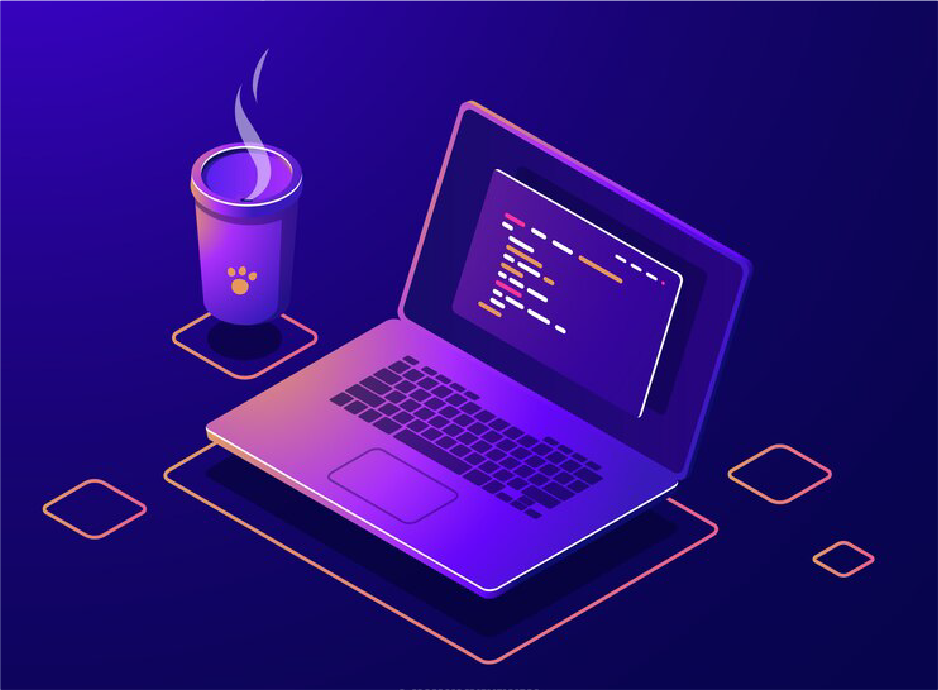


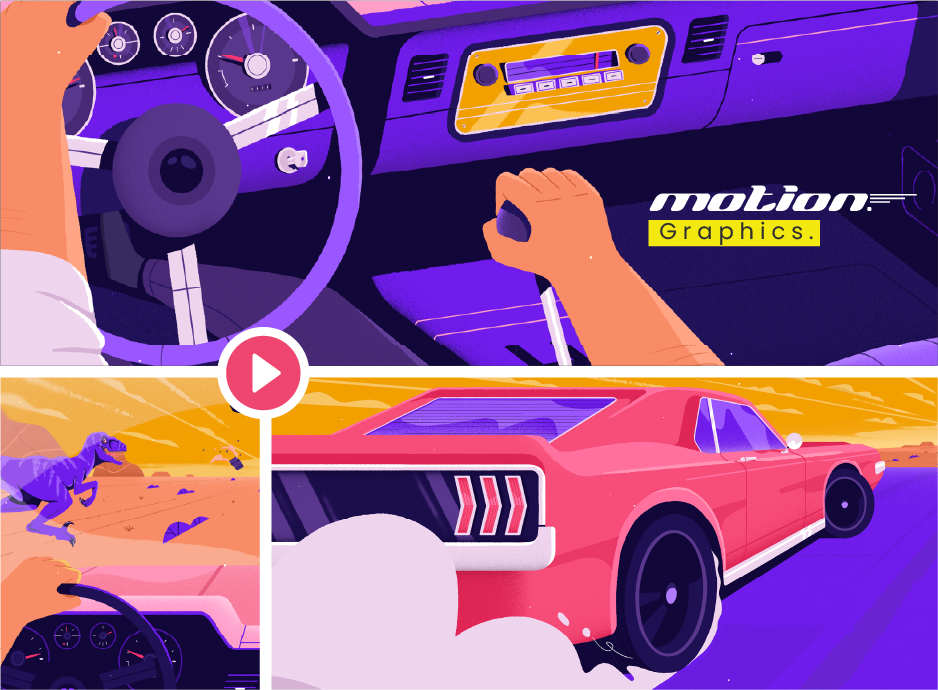
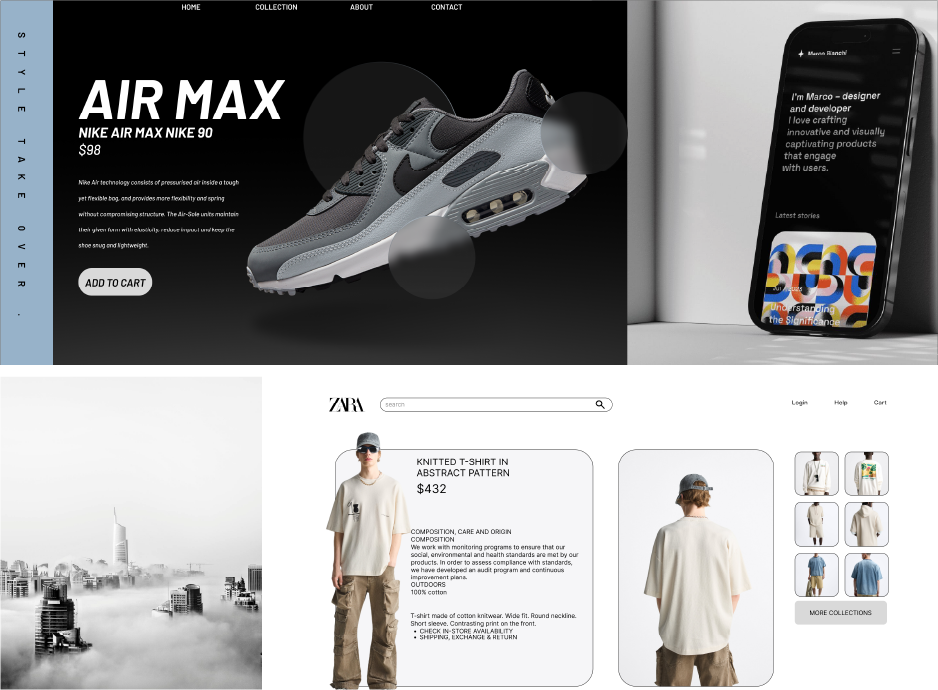

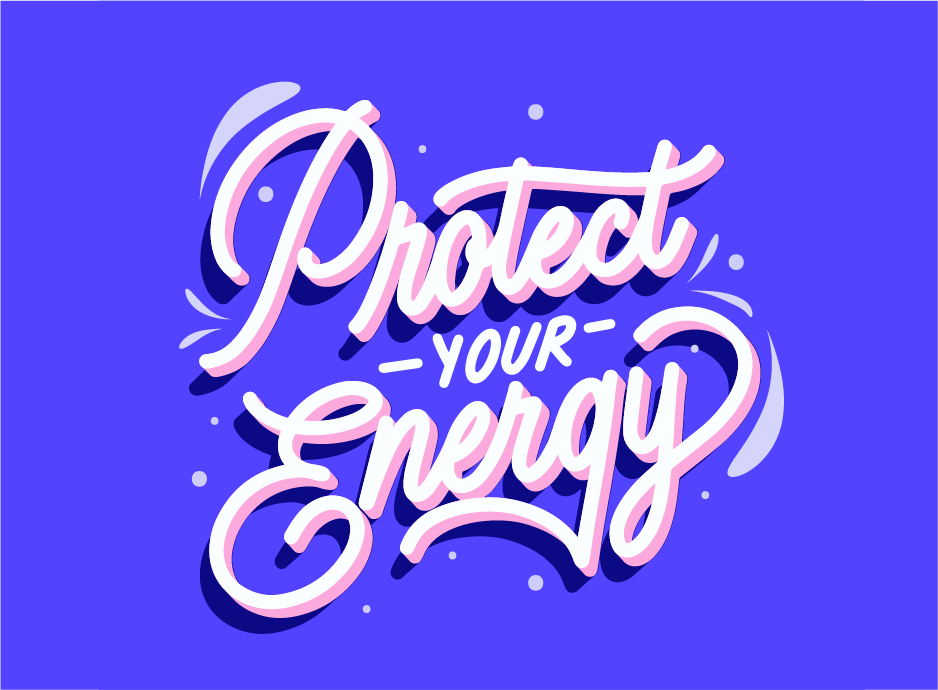
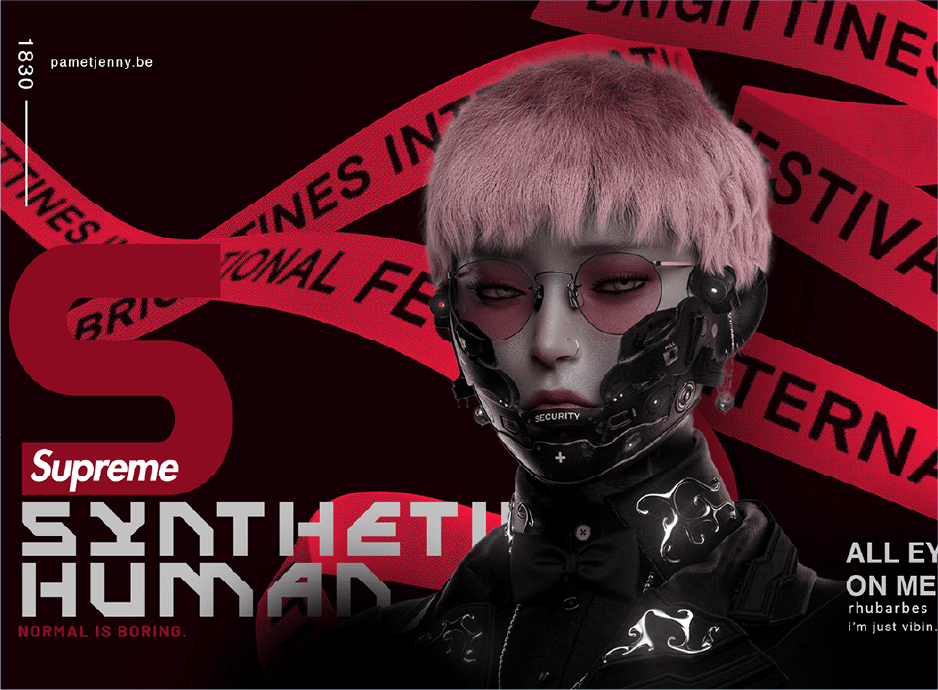


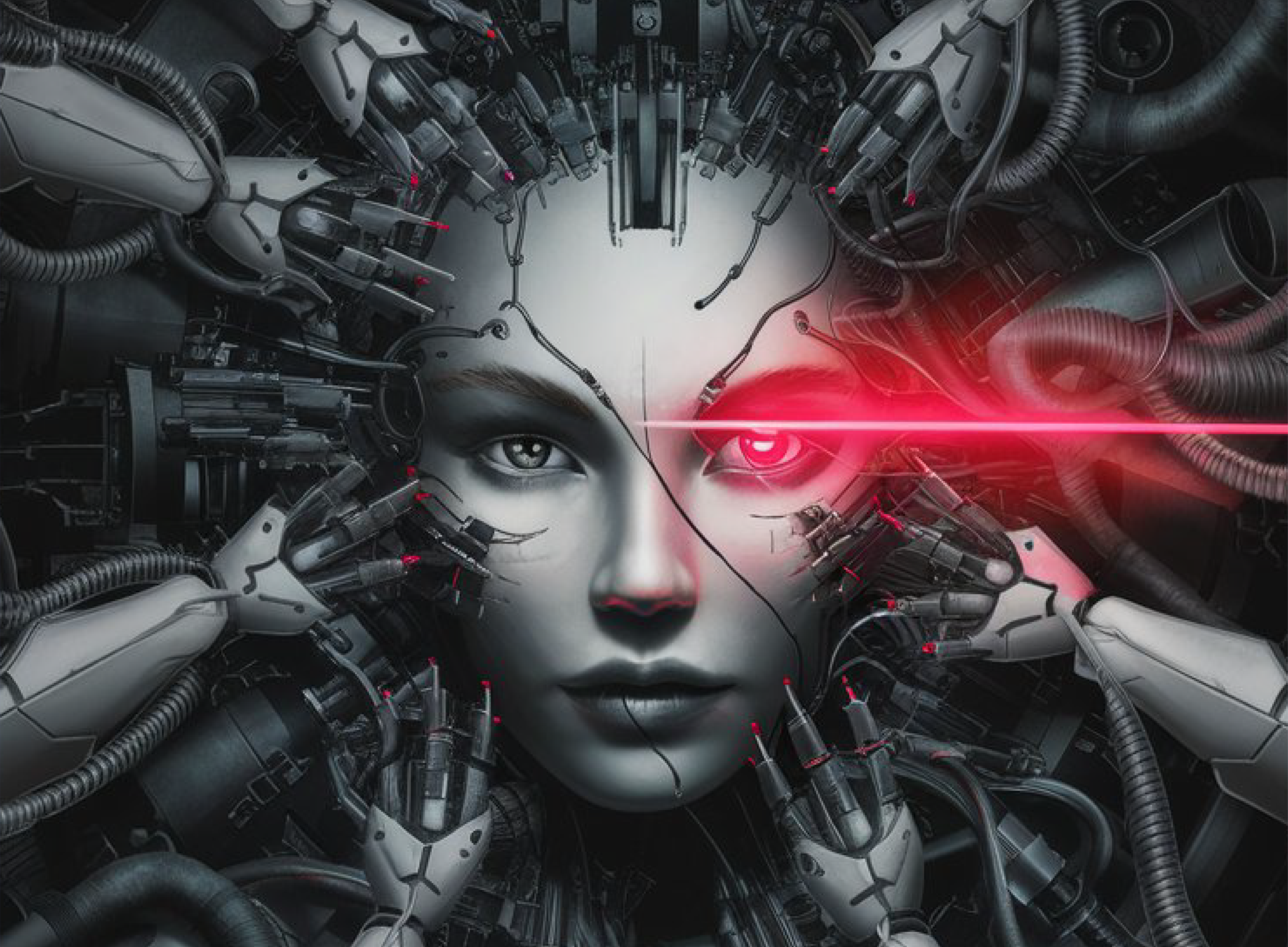
.jpg)

BOOK A FREE CONSULTATION